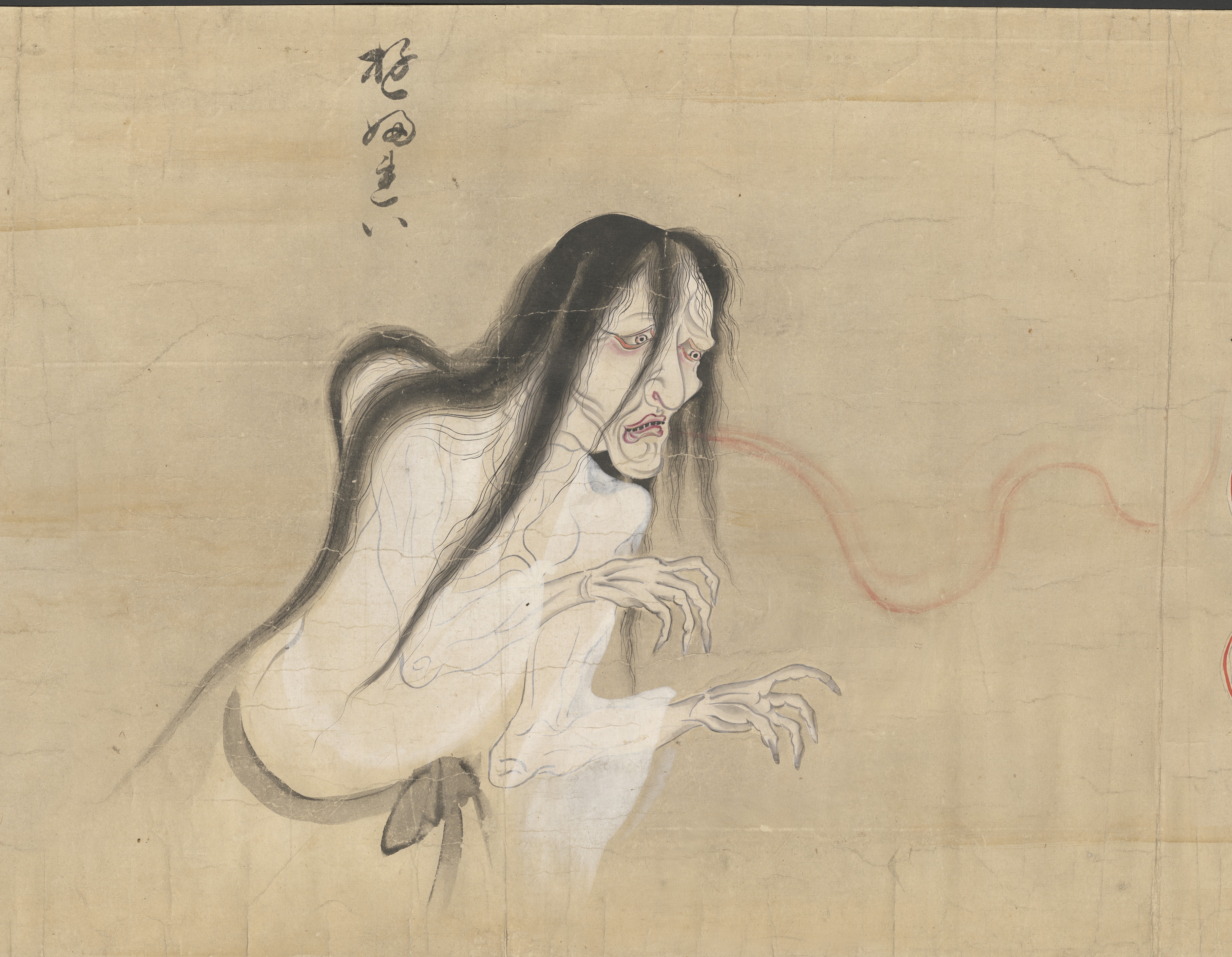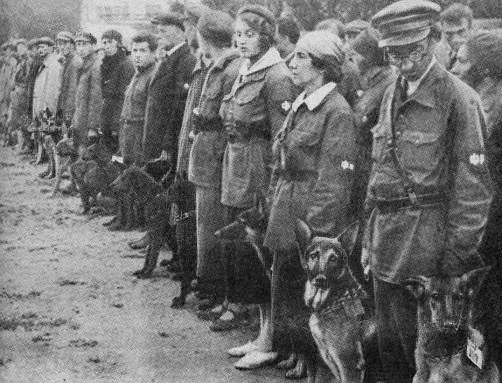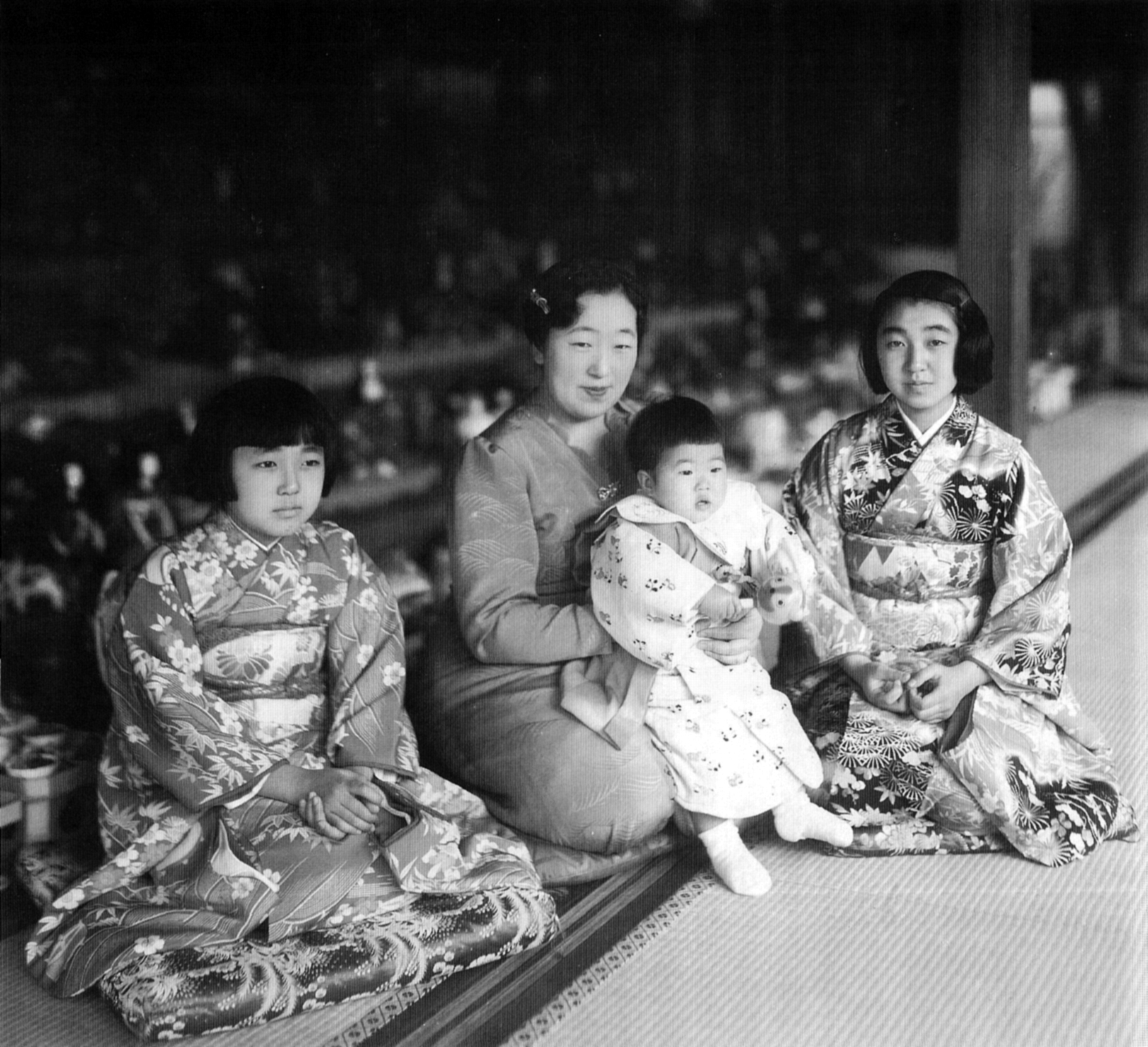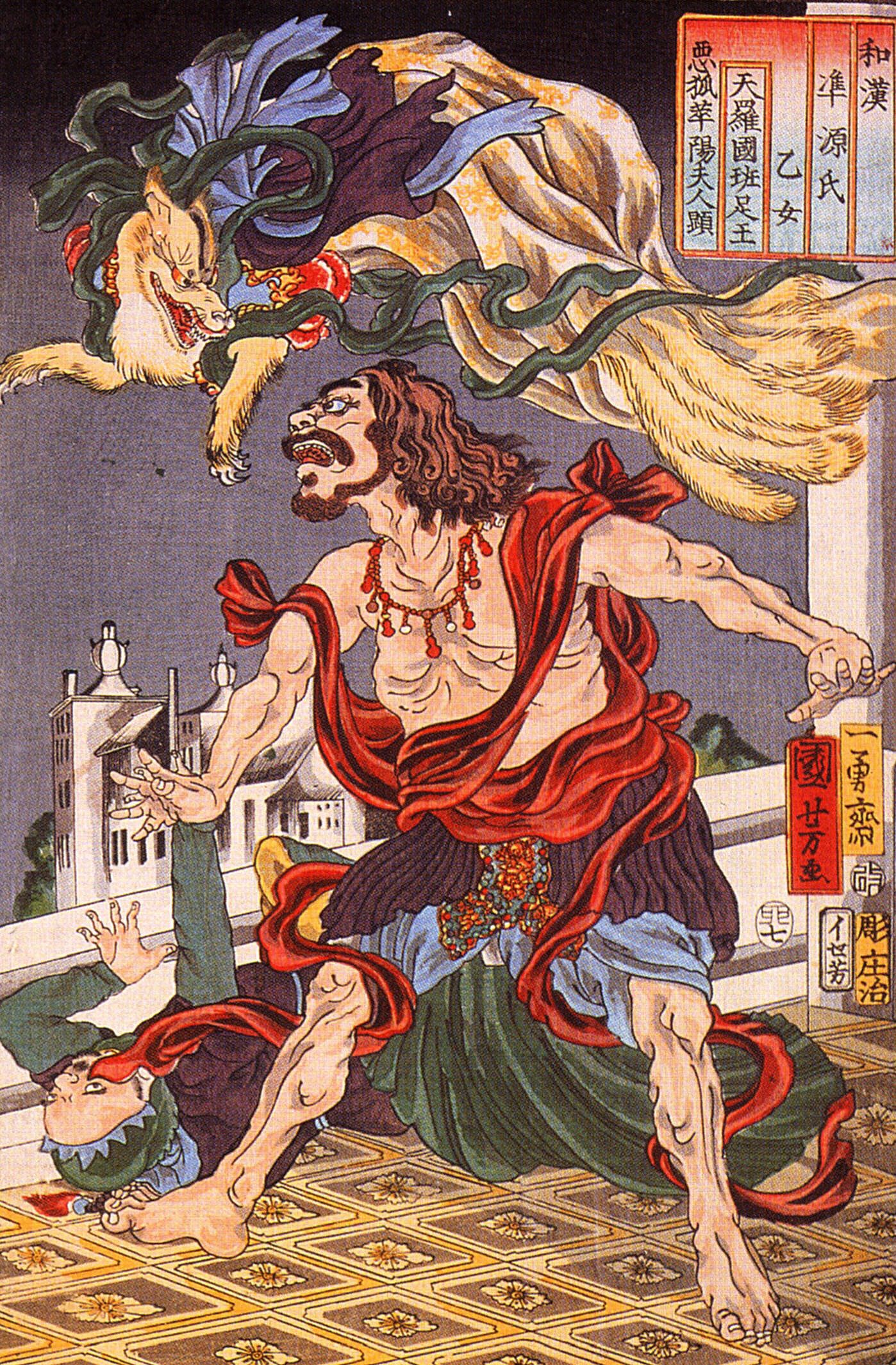|
Dreams (1990 Film)
is a 1990 magical realist film of eight vignettes written and directed by Akira Kurosawa, starring Akira Terao, Martin Scorsese, Chishū Ryū, Mieko Harada and Mitsuko Baisho. It was inspired by actual recurring dreams that Kurosawa said he had repeatedly. It was his first film in 45 years in which he was the sole author of the screenplay. An international co-production of Japan and the United States, ''Dreams'' was made five years after '' Ran'', with assistance from George Lucas and Steven Spielberg, and funded by Warner Bros. The film was screened out of competition at the 1990 Cannes Film Festival, and has consistently received positive reviews. ''Dreams'' addresses themes such as childhood, spirituality, art, death, and mistakes and transgressions made by humans against nature. Plot The film does not have a single narrative, but is rather episodic in nature, following the adventures of a "surrogate Kurosawa" (often recognizable by his wearing Kurosawa's trademark hat) t ... [...More Info...] [...Related Items...] OR: [Wikipedia] [Google] [Baidu] |
Akira Kurosawa
was a Japanese filmmaker and painter who directed thirty films in a career spanning over five decades. He is widely regarded as one of the most important and influential filmmakers in the history of cinema. Kurosawa displayed a bold, dynamic style, strongly influenced by Western cinema yet distinct from it; he was involved with all aspects of film production. Kurosawa entered the Japanese film industry in 1936, following a brief stint as a painter. After years of working on numerous films as an assistant director and scriptwriter, he made his debut as a director during World War II with the popular action film '' Sanshiro Sugata''. After the war, the critically acclaimed '' Drunken Angel'' (1948), in which Kurosawa cast the then little-known actor Toshiro Mifune in a starring role, cemented the director's reputation as one of the most important young filmmakers in Japan. The two men would go on to collaborate on another fifteen films. ''Rashomon'' (1950), which premiered ... [...More Info...] [...Related Items...] OR: [Wikipedia] [Google] [Baidu] |
Steven Spielberg
Steven Allan Spielberg (; born December 18, 1946) is an American director, writer, and producer. A major figure of the New Hollywood era and pioneer of the modern blockbuster, he is the most commercially successful director of all time. Spielberg is the recipient of various accolades, including three Academy Awards, a Kennedy Center honor, a Cecil B. DeMille Award, and an AFI Life Achievement Award. Seven of his films been inducted into the National Film Registry by the Library of Congress. Spielberg was born in Cincinnati, Ohio, and grew up in Phoenix, Arizona. He moved to California and studied film in college. After directing several episodes for television including '' Night Gallery'' and '' Columbo'', he directed the television film '' Duel'' (1971) which gained acclaim from critics and audiences. He made his directorial film debut with '' The Sugarland Express'' (1974), and became a household name with the 1975 summer blockbuster ''Jaws''. He then directed box of ... [...More Info...] [...Related Items...] OR: [Wikipedia] [Google] [Baidu] |
Self Portrait
A self-portrait is a representation of an artist that is drawn, painted, photographed, or sculpted by that artist. Although self-portraits have been made since the earliest times, it is not until the Early Renaissance in the mid-15th century that artists can be frequently identified depicting themselves as either the main subject, or as important characters in their work. With better and cheaper mirrors, and the advent of the panel painting, panel portrait, many painters, sculptors and printmakers tried some form of self-portraiture. ''Portrait of a Man in a Turban'' by Jan van Eyck of 1433 may well be the earliest known panel self-portrait. He painted a separate portrait of his wife, and he belonged to the social group that had begun to commission portraits, already more common among wealthy Netherlanders than south of the Alps. The genre is venerable, but not until the Renaissance, with increased wealth and interest in the individual as a subject, did it become truly popular. [...More Info...] [...Related Items...] OR: [Wikipedia] [Google] [Baidu] |
Yūrei
are figures in Japanese folklore analogous to the Western model of ghosts. The name consists of two kanji, (''yū''), meaning "faint" or "dim" and (''rei''), meaning "soul" or "spirit". Alternative names include , meaning ruined or departed spirit, , meaning dead spirit, or the more encompassing or . Like their Chinese, Korean, and Western counterparts, they are thought to be spirits barred from a peaceful afterlife. Japanese afterlife According to traditional Japanese beliefs, all humans have a spirit or soul called a . When a person dies, the ''reikon'' leaves the body and enters a form of purgatory, where it waits for the proper funeral and post-funeral rites to be performed so that it may join its ancestors. If this is done correctly, the ''reikon'' is believed to be a protector of the living family and to return yearly in August during the Obon Festival to receive thanks. If the person dies, however, in a sudden or violent manner such as murder or suicide, if ... [...More Info...] [...Related Items...] OR: [Wikipedia] [Google] [Baidu] |
Anti-tank Dog
Anti-tank dogs (russian: собаки-истребители танков ''sobaki-istrebiteli tankov'' or ''protivotankovye sobaki''; german: Panzerabwehrhunde or ''Hundeminen'', "dog-mines") were dogs taught to carry explosives to tanks, armored vehicles and other military targets. They were intensively trained by the Soviet and Russian military forces between 1930 and 1946, and used from 1941 to 1943, against German tanks in World War II. Initially dogs were trained to leave a timer-detonated bomb and retreat, but this routine was replaced by an impact-detonation procedure which killed the dog in the process. The U.S. military started training anti-tank dogs in 1943 in the same way the Russians used them, but this training exposed several problems and the program was discontinued. Background In 1924, the Revolutionary Military Council of the Union of Soviet Socialist Republics approved the use of dogs for military purposes, which included a wide range of tasks such as res ... [...More Info...] [...Related Items...] OR: [Wikipedia] [Google] [Baidu] |
Second World War
World War II or the Second World War, often abbreviated as WWII or WW2, was a world war that lasted from 1939 to 1945. It involved the vast majority of the world's countries—including all of the great powers—forming two opposing military alliances: the Allies and the Axis powers. World War II was a total war that directly involved more than 100 million personnel from more than 30 countries. The major participants in the war threw their entire economic, industrial, and scientific capabilities behind the war effort, blurring the distinction between civilian and military resources. Aircraft played a major role in the conflict, enabling the strategic bombing of population centres and deploying the only two nuclear weapons ever used in war. World War II was by far the deadliest conflict in human history; it resulted in 70 to 85 million fatalities, mostly among civilians. Tens of millions died due to genocides (including the Holocaust), starvat ... [...More Info...] [...Related Items...] OR: [Wikipedia] [Google] [Baidu] |
Company Commander
A company commander is the commanding officer of a company, a military unit which typically consists of 100 to 250 soldiers, often organized into three or four smaller units called platoons. The exact organization of a company varies by country, service, and unit type. Aviation companies can have as few as 40 personnel, while some specialized companies such as maintenance or training units are considerably larger and may number as many as 500 personnel. In some forces, the second-in-command of a company is called the executive officer (XO). Historically, companies were often formed and financed by individual owners rather than by the state. Sometimes these men were unable to personally exercise leadership and command over the men in their units, and would designate another individual to serve in that capacity. Austria In the Austrian Army, a company commander is called a ''Kompaniekommandant'' (abbreviated "KpKdt"). Finland In the Finnish Defence Forces, a company commande ... [...More Info...] [...Related Items...] OR: [Wikipedia] [Google] [Baidu] |
Yuki-onna
is a spirit or yōkai in Japanese folklore that is often depicted in Japanese literature, films, or animation. She may also go by such names as ''yuki-musume'', cited by ("snow daughter"), ''yuki-onago'' ("snow girl"), ''yukijorō'' (雪女郎, "snow woman"), ''yuki anesa'' ("snow sis"), ''yuki-onba'' ("snow granny" or "snow nanny"), ''yukinba'' ("snow hag") in Ehime, ''yukifuri-baba'' ("snowfall hag") in Nagano. They are also called several names that are related to icicles, such as '' tsurara-onna'', ''kanekori-musume'', and ''shigama-nyōbō''. Origins Yuki-onna originates from folklores of olden times; in the Muromachi period ''Sōgi Shokoku Monogatari'' by the renga poet Sōgi, there is a statement on how he saw a yuki-onna when he was staying in Echigo Province (now Niigata Prefecture), indicating that the legends already existed in the Muromachi period. Stories In legends from the Ojiya region of Niigata Prefecture, a beautiful woman came to visit a man and b ... [...More Info...] [...Related Items...] OR: [Wikipedia] [Google] [Baidu] |
Etenraku
is a Japanese gagaku melody and dance. It is usually played with a hichiriki or ryūteki, and is accompanied by other traditional instruments such as the shō, koto and kakko. History The origin of Etenraku is not fully known. There are theories that the melody was created in Japan, but others believe that it is from Khotan, a tributary state of the Tang dynasty that became part of the repertoire of the Chinese court. During the Heian period, a gagaku form known as became popular. In this form, poems would be sung using melodies. Etenraku was one of the most popular melodies to be used in imayō. In 1931 Hidemaro Konoye arranged an orchestral version of the piece, and it was later picked up by Leopold Stokowski. These days, Etenraku is often performed at wedding ceremonies. Melody There are different versions of Etenraku in three of the mode Mode ( la, modus meaning "manner, tune, measure, due measure, rhythm, melody") may refer to: Arts and entertainment * '' MO ... [...More Info...] [...Related Items...] OR: [Wikipedia] [Google] [Baidu] |
Hinamatsuri
, also called Doll's Day or Girls' Day, is a religious (Shinto) holiday in Japan, celebrated on 3March of each year. Nussbaum, Louis-Frédéric (2005)"Hina Matsuri"in ''Japan Encyclopedia'', p. 313. Platforms covered with a red carpet–material are used to display a set of representing the Emperor, Empress, attendants, and musicians in traditional court dress of the Heian period. Customs is one of the that are held on auspicious dates of the Chinese calendar: the first day of the first month, the third day of the third month, and so on. After the adoption of the Gregorian calendar, these were fixed on 1January, 3March, 5May, 7July, and 9September. The festival was traditionally known as the , as peach trees typically began to flower around this time. Although this is no longer true since the shift to Gregorian dates, the name remains and peaches are still symbolic of the festival. The primary aspect of is the display of seated male and female dolls (the and ), wh ... [...More Info...] [...Related Items...] OR: [Wikipedia] [Google] [Baidu] |
Tantō
A is one of the traditionally made Japanese swords (Commons:Nihonto, ''nihonto'') that were worn by the samurai class of feudal Japan. The tantō dates to the Heian period, when it was mainly used as a weapon but evolved in design over the years to become more ornate. Tantō were used in traditional martial arts (tantojutsu). The term has seen a resurgence in the West since the 1980s as a point style of modern tactical knives, designed for piercing or stabbing. Description The ''tantō'' is a dagger, single or double edged dagger with a length between 15 and 30 cm (1 Japanese Shaku (unit), shaku). The tantō was designed primarily as a stabbing weapon, but the edge can be used for cutting, slashing as well. Tantō are generally Forging, forged in ''hira-zukuri'' (平造) style (without ridgeline), meaning that their sides have no ridge line and are nearly flat, unlike the ''shinogi-zukuri'' (鎬造) structure of a ''katana''. Some tantō have particularly thick cross-sect ... [...More Info...] [...Related Items...] OR: [Wikipedia] [Google] [Baidu] |
Kitsune
In Japanese folklore, , are foxes that possess paranormal abilities that increase as they get older and wiser. According to '' yōkai'' folklore, all foxes have the ability to shapeshift into human form. While some folktales speak of employing this ability to trick others—as foxes in folklore often do—other stories portray them as faithful guardians, friends, and lovers. Foxes and humans lived close together in ancient Japan; this companionship gave rise to legends about the creatures. have become closely associated with Inari, a Shinto or spirit, and serve as its messengers. This role has reinforced the fox's supernatural significance. The more tails a has—they may have as many as nine—the older, wiser, and more powerful it is. Because of their potential power and influence, some people make sacrifices to them as to a deity. Conversely foxes were often seen as " witch animals", especially during the Edo period (1603–1867), and were thought of as goblins who co ... [...More Info...] [...Related Items...] OR: [Wikipedia] [Google] [Baidu] |









